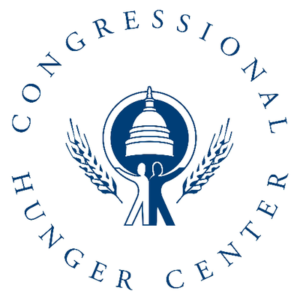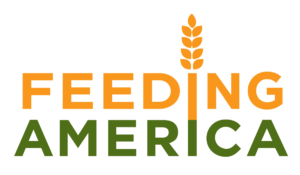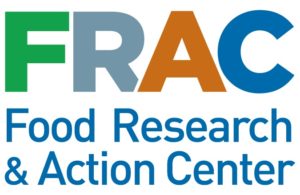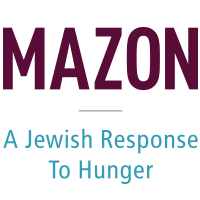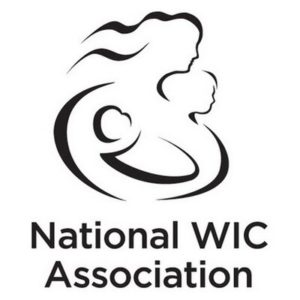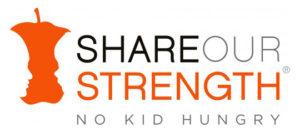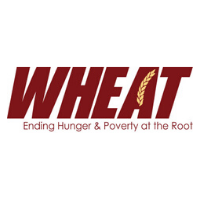Food & Nutrition
No one should go hungry in a nation of plenty. A cornerstone of CHN's work is promoting food security and nutrition for all members of our society.
About CHN's Stance on Food & Nutrition
Hunger in America is recognized as the recurrent and involuntary lack of access to sufficient food due to poverty or constrained resources, which can lead to malnutrition over time. Families who experience hunger frequently skip meals or eat too little, sometimes going without food. Those who have access to some food often have lower quality diets or must resort to seeking emergency food because they cannot always afford the food they need. Research shows that young children in such food insecure households are more likely to suffer from ill health and developmental problems and are more likely to be hospitalized. On the other hand, people who benefited from nutrition assistance during childhood experience better education outcomes and earnings as adults, as compared with similarly low-income children who did not receive nutrition aid.
Two-thirds of people who receive assistance under the Supplemental Nutrition Assistance Program (SNAP; formerly known as food stamps) are children, elderly, or disabled. Most working-age SNAP recipients work, but simply earn too little to afford the food they need. Existing SNAP rules set harsh limits on assistance for adults without dependent children; they can only receive three months of benefits over three years unless they are working at least 20 hours per week. Most of these extremely poor individuals are unable to secure enough work hours and do lose assistance unless the state seeks a waiver of the three-month limit because of high local unemployment. Some proposals would make it more difficult for states to seek such waivers and would also impose similar time limits on more adults receiving SNAP, although there is no evidence that setting such limits results in more work.
SNAP is one of the nation’s most effective anti-poverty programs. Even though it only provides about $1.40 per meal per person, SNAP lifted 3.4 million people out of poverty in 2017, according to the Census Bureau’s Supplemental Poverty Measure. That is a conservative estimate; past analyses that corrected for underreporting of benefits found that millions more were lifted out of poverty.
Every day one in five Americans receives nutrition assistance through one or more of the 15 federal nutrition assistance programs, such as the Supplemental Nutrition Assistance Program, school lunch, school breakfast, the Special Supplemental Nutrition Program for Women, Infants and Children (WIC), the Emergency Food Assistance Program (TEFAP), the Commodity Supplemental Food Program (CSFP), senior programs and emergency food and shelter programs.
You can learn more about the positions that CHN takes on various issues reviewing our public policy document.


